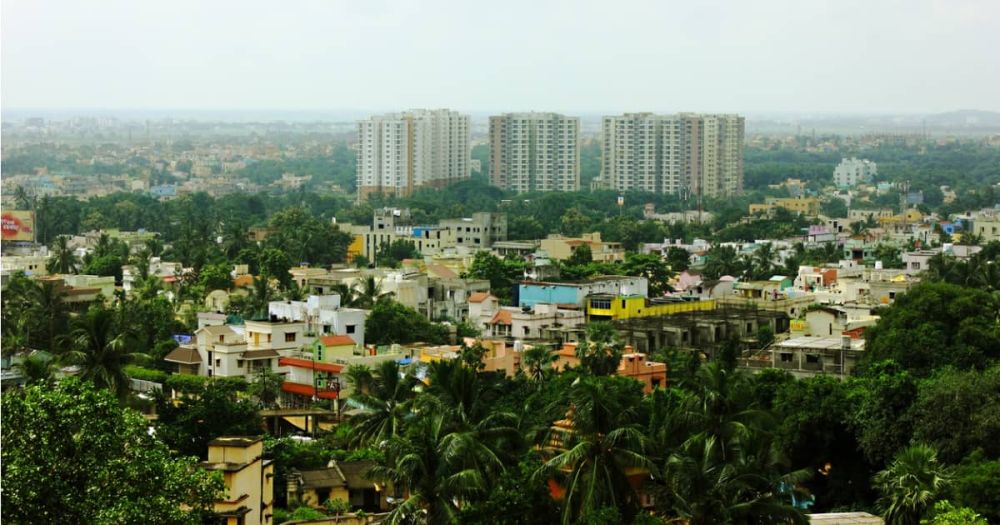

The historical city of Bhubaneswar, the capital of Odisha (formerly Orissa), India, is often termed as the 'Temple City' due to its rich legacy of ancient architecture and spiritual heritage. The foundation of Bhubaneswar's tourism is deeply rooted in its history, stretching back over 2000 years. With tourism not being recognized as a significant industry until the 20th century, Bhubaneswar's potential was untapped for a long time.
Bhubaneswar became a focal point for pilgrims and connoisseurs of art and architecture with the propagation of Hinduism, Buddhism, and Jainism. The city's earliest monuments date back to the 6th and 7th centuries AD, with the significant growth of temple construction under the Kalinga rulers in the 10th and 11th centuries AD.
It was during the post-independence era, particularly after the 1950s, that Bhubaneswar started gaining momentum as a tourist destination. The state government and the Government of India initiated efforts to promote the rich cultural heritage and enchanting natural landscapes of Odisha. With the establishment of Odisha Tourism Development Corporation in the 1970s, infrastructure for tourism such as hotels, roads, and other facilities began to be developed comprehensively.
As the city expanded to become the political capital of Odisha, so did the parameters of tourism, moving beyond merely pilgrimage to include historical exploration, cultural immersion, and ecological tours. Tourists started flocking to witness the architectural marvels like the Lingaraj Temple, Rajarani Temple, and the Muktesvara Temple, drawing international acclaim and scholarly attention.
In recent years, Bhubaneswar’s tourism trend is shifting towards more sustainable and ecologically friendly practices. The city has witnessed a growth in heritage walks, cycle tours, and increased engagement with local communities for an authentic cultural exchange. There's also been a push towards promoting lesser-known attractions, local crafts, and cuisine, which contributes to the economic development of the region.
The city is now an integral part of the 'Golden Triangle'—a tourist circuit connecting Bhubaneswar, Puri, and Konark. The city also hosts a variety of festivals throughout the year, such as the Ekamra Utsav, Mukteswar Dance Festival, and the Rajarani Music Festival, which attract national and international tourists.
Moreover, with the advancement in digital marketing and social media, Bhubaneswar’s tourism industry is increasingly using online platforms to reach out to potential visitors. Virtual tours of temples and museums, online booking portals, and interactive websites have become vital tools in promoting what the city has to offer.
Looking into the future, Bhubaneswar aims to balance growth with sustainability. Proposed projects and initiatives focus on eco-tourism, improving public transportation to reduce carbon footprint, and preserving the city's ancient sites. The city strives to remain a dynamic hub of activity while ensuring that the treasures of the past are protected for generations to come.
As one of India's emergent urban centers, Bhubaneswar continues to embrace its historical prominence while moving towards a more inclusive and diversified tourism approach that resonates with the aspirations of the modern global traveler.